Il Complesso del Laterano comprende diversi luoghi di grandissimo interesse: la Basilica con il suo Chiostro, il Battistero e la Scala Santa che racchiude al suo interno la Cappella Papale del Sancta Sanctorum.
L’Arcibasilica del SS. Salvatore e dei Santi Giovanni Battista ed Evangelista, più comunemente conosciuta come San Giovanni in Laterano, è la chiesa più antica d’Occidente.
Voluta dall'imperatore Costantino dopo la sua conversione e la vittoria su Massenzio, è stata consacrata nel 324 d.C.
Ed è per questo che essa è definita la mater et caput di tutte le chiese di Roma e del mondo.
Questa Basilica è la Cattedrale della diocesi di Roma e la sede del Vescovo di Roma, il Sommo Pontefice.
Qui, nel 1300, fu indetto il primo Giubileo della storia e, successivamente, in occasione del Giubileo del 1423, Papa Martino V istituì per la prima volta in questa chiesa l’apertura della Porta Santa, cerimonia estesa in seguito anche alle altre Basiliche.
ll nostro Ufficio Accoglienza si trova presso l'atrio della Basilica di San Giovanni, accanto alla Porta Santa.
Orario: dal Lunedì al Sabato: 9:00 - 17:00
Come raggiungerci
Orari di apertura Complesso Lateranense
Lingue audioguida: italiano, inglese, francese, spagnolo, tedesco
Lingue visita guidata: italiano, inglese, francese
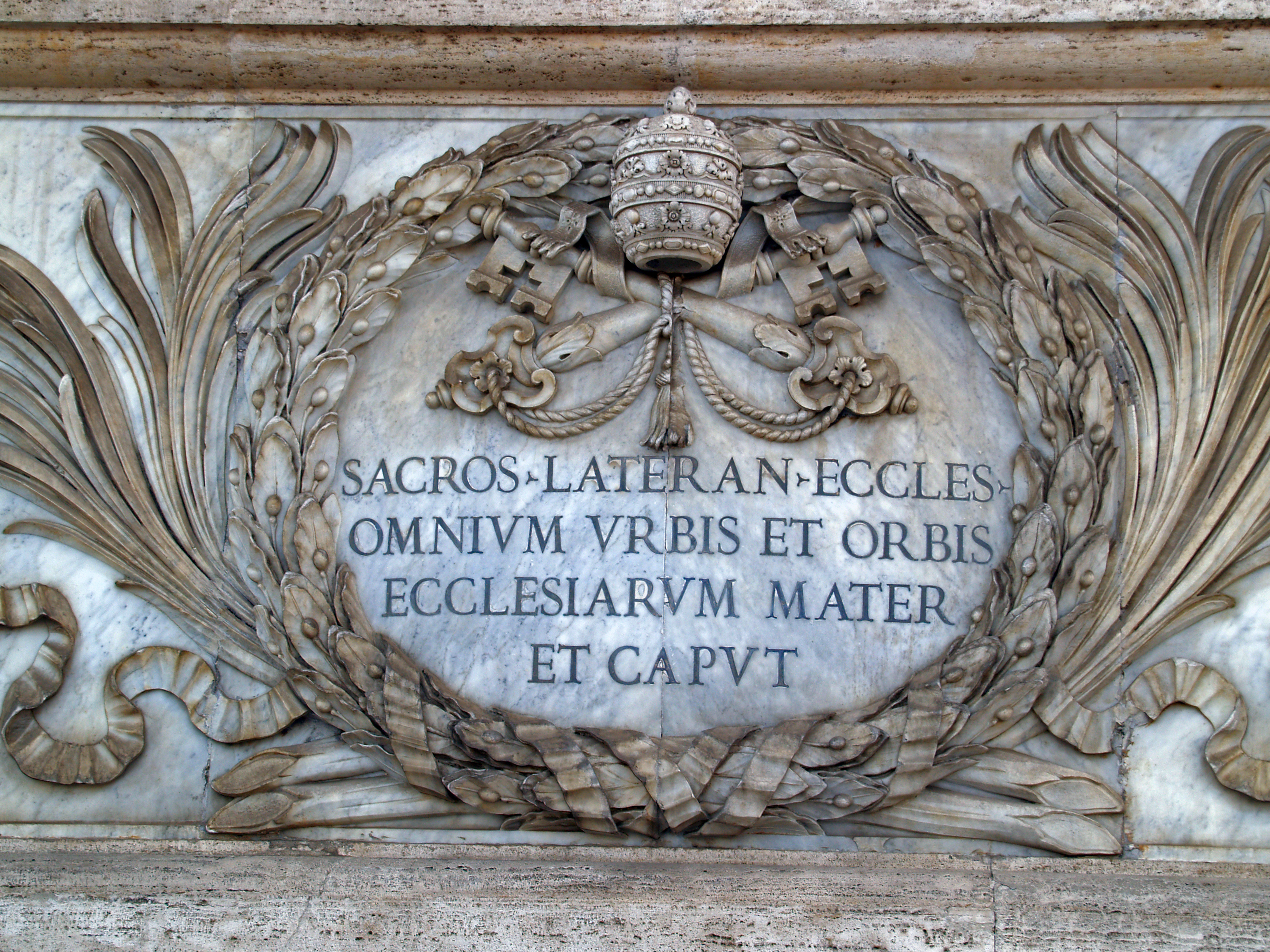
This complex is a unique witness of the history of Christianity and visiting it will be a striking experience for both believers and non-believers. At the centre of the complex, there is the Basilica dedicated to the Most Holy Saviour and of Saints John the Baptist and the Evangelist. The oldest church in the history of Christianity, built by the Emperor Constantine after his conversion and his victory over Maxentius, it was consecrated in 324 AD. For this reason it is defined the "mater et caput" of all the churches of Rome and the world.
This is where the Baptistery was built, for a long time the only place where the faithful could be baptised.
In the heart of it, the Patriarchio, the seat of the Pontiffs until the early 14th century. After exile in Avignon the residence of the Popes was moved to the Vatican.
The mother of Constantine brought here from Jerusalem the Stairs of the Praetorium, climbed by Jesus during his trial. One of its Chapels contains the Sancta Sanctorum, where the most sacred relics of Christianity were protected.
With the transformations of the following centuries, in particular those of the mid-17th century, the Basilica assumed the current form and, because of its beauty, has been defined "Aurea", that means made of gold.
hide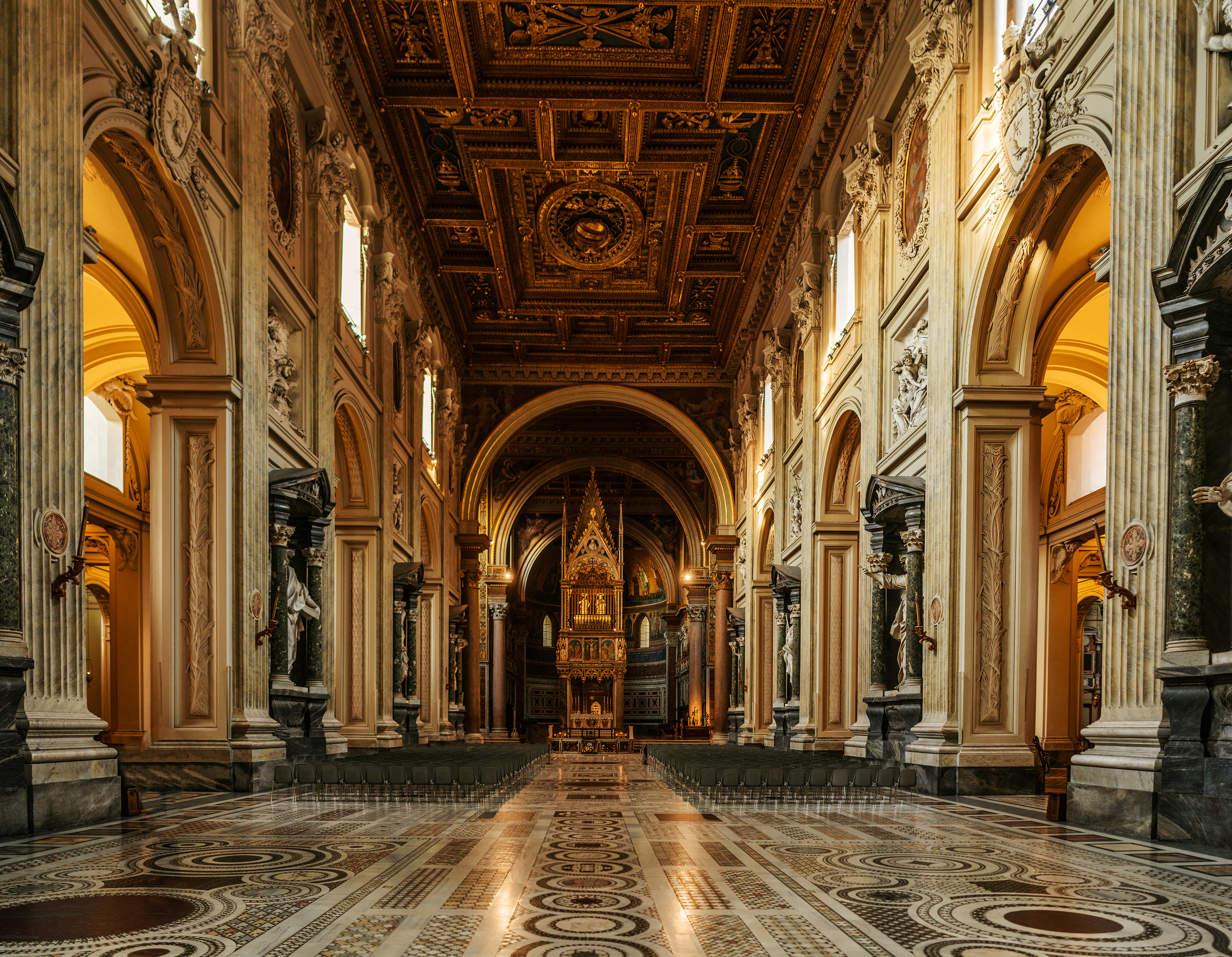
The Lateran complex consists of several high interest sites: the Basilica, the Cloister, the Baptistery and the Holy Stairs, which contain the Chapel of the Sancta Sanctorum.
According to the time you can spend here and to your interests, you can visit all the sites in sequence or just some of them.
Our special ticket allows you to easily access the complex and visit all the points of interest in around 2 hours with a multilingual audio-guide system.
We suggest you to start visiting the Basilica with the Cloister and the Treasure Museum and then to proceed out the church to the Baptistery located in the square behind.
You can then complete your tour by visiting the building of the Holy Stairs and admiring the Chapel of the Sancta Sanctorum.
If you only have one hour, we suggest visiting the Basilica and its Cloister first, followed by the Holy Stairs and Sancta Sanctorum.
hide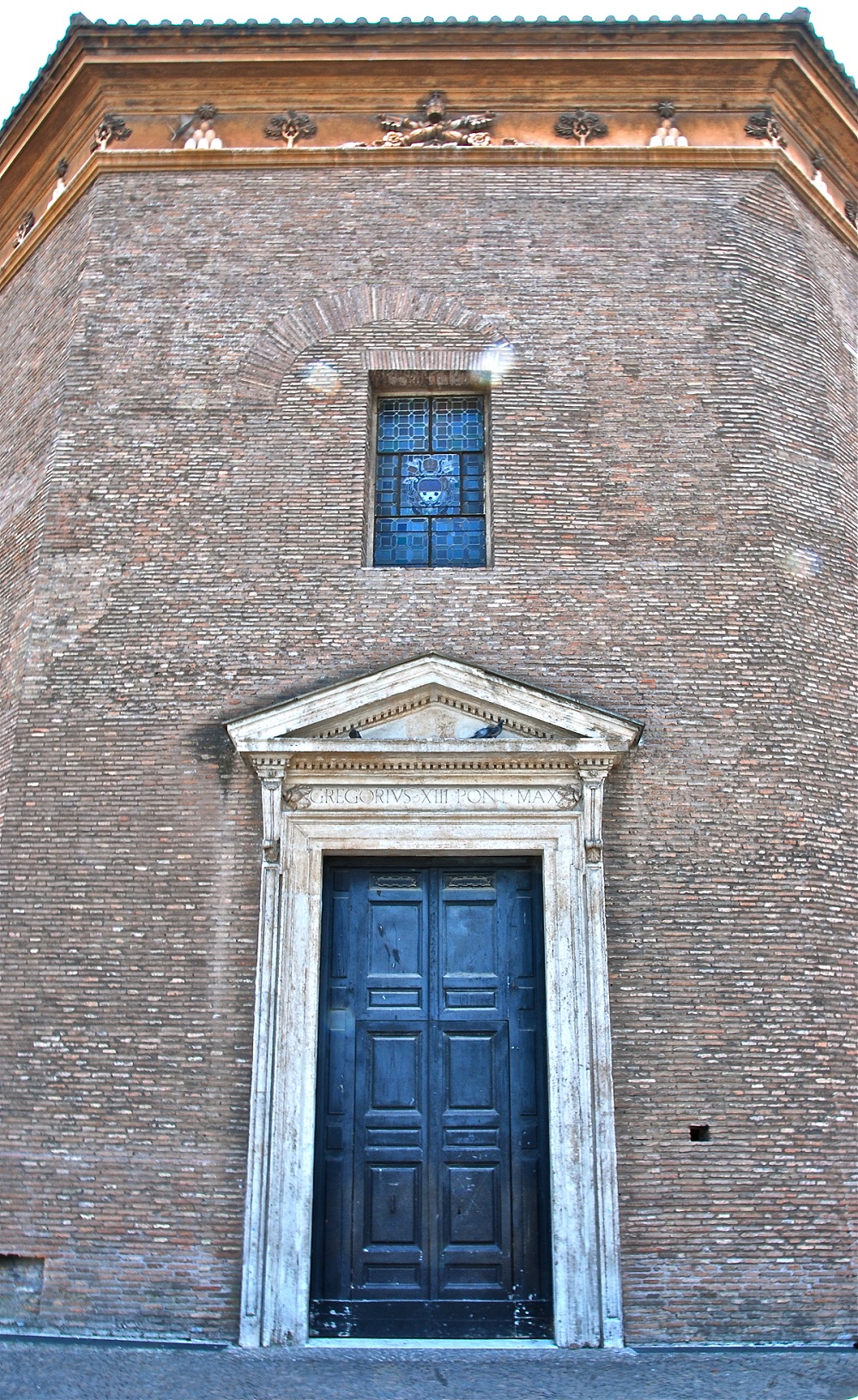
The Lateran Baptistery is the oldest monumental Baptistery built at the behest of Emperor Constantine as a place for the Christian community to solemnly celebrate the Sacraments of initiation. It was rebuilt during the following century and has remained unchanged since then, except for minor embellishments and restorations which have left the structure intact.
The Baptistery therefore still presents itself as a 5th century building with the particularity of always having been used, to the present day, for the function for which it was built: baptism. Since it was built, not a single year has gone by without baptisms being celebrated there. In addition, great numbers of pilgrims travel to it to renew their baptismal promises and here Christians from all over the world feel united by a single Baptism and a single Faith. Anglican Christians also arrive here to celebrate the memory of Baptism and there are many visits from Orthodox Christians too. Today you are part of this great communion of faith and love and you are invited to visit this site not only as an artistic experience, but also as an opportunity for prayer. The interior of the Baptistery offers visitors a witness of faith in Christian antiquity, the discreet traces of the Middle Ages and the artistic passage of the Renaissance period. The inside of the Chapel of Saint Venantius, in which we celebrate parochial Holy Mass, also features a large 7th century mosaic dedicated to the Saints of Dalmatia and a tender image painted on stone: the Madonna of the source offering to the eyes of visitors her baby Jesus. Best fraternal wishes to you all, dear friends, from the parish community.
hide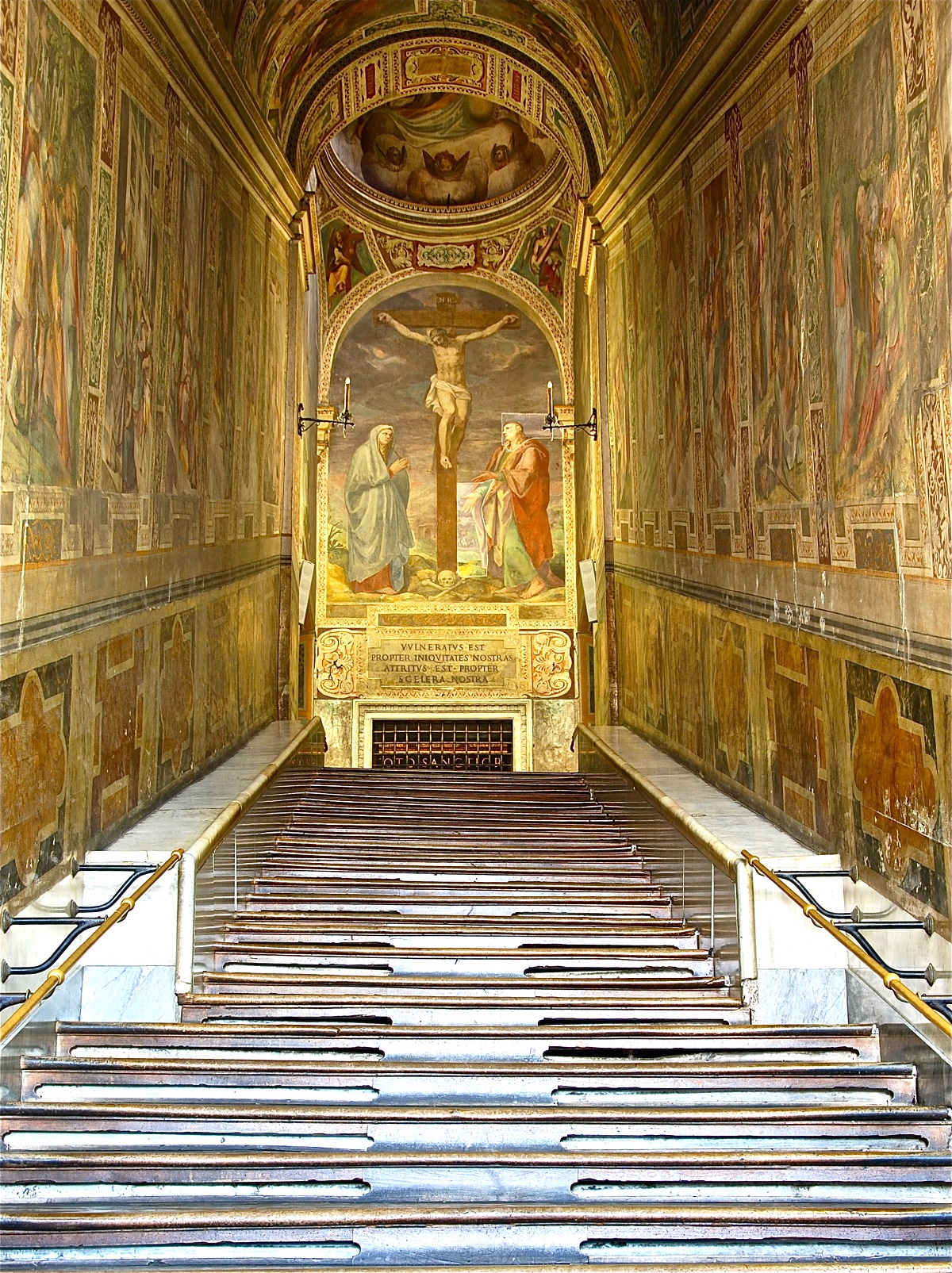
When in Rome, no pilgrim fails to visit the Pontifical Sanctuary of the Holy Stairs, one of the best-known and eminent in the Catholic world. It is located by the Basilica of St. John Lateran and contains the precious Chapel of the Popes, otherwise known as the Sancta Sanctorum, where the image of the Most Holy Saviour is worshipped.
According to an ancient Christian tradition, the Empress Saint Helena had the stairs that Jesus climbed several times on the day of his death sentence transported from Pilate’s praetorium in Jerusalem to Rome in 326 AD. For this reason it became known as Pilate’s Stairs or Scala Sancta. The earliest witness accounts of this eminent memory of the Passion are contained in a passage of the Liber Pontificalis from the time of Sergius II (844/847) and in a Papal Bull by Pascal II (1099/1119). The Holy Stairs owe their name to the 28 steps leading to the Chapel that the faithful climb on their knees to venerate the Passion of Jesus.
It is certain that it was once located in the Patriarchium, or the complex of the Lateran Buildings, the ancient seat of the Popes, and that in 1589 Pope Sixtus V had it moved to the Papal Chapel where it remained to form the single building we can still admire today. Pius IX (1846/1878) had it restored and promoted the cult of the great relic by building the adjacent convent which he entrusted to the religious members of the Passionist congregation in 1853.
hide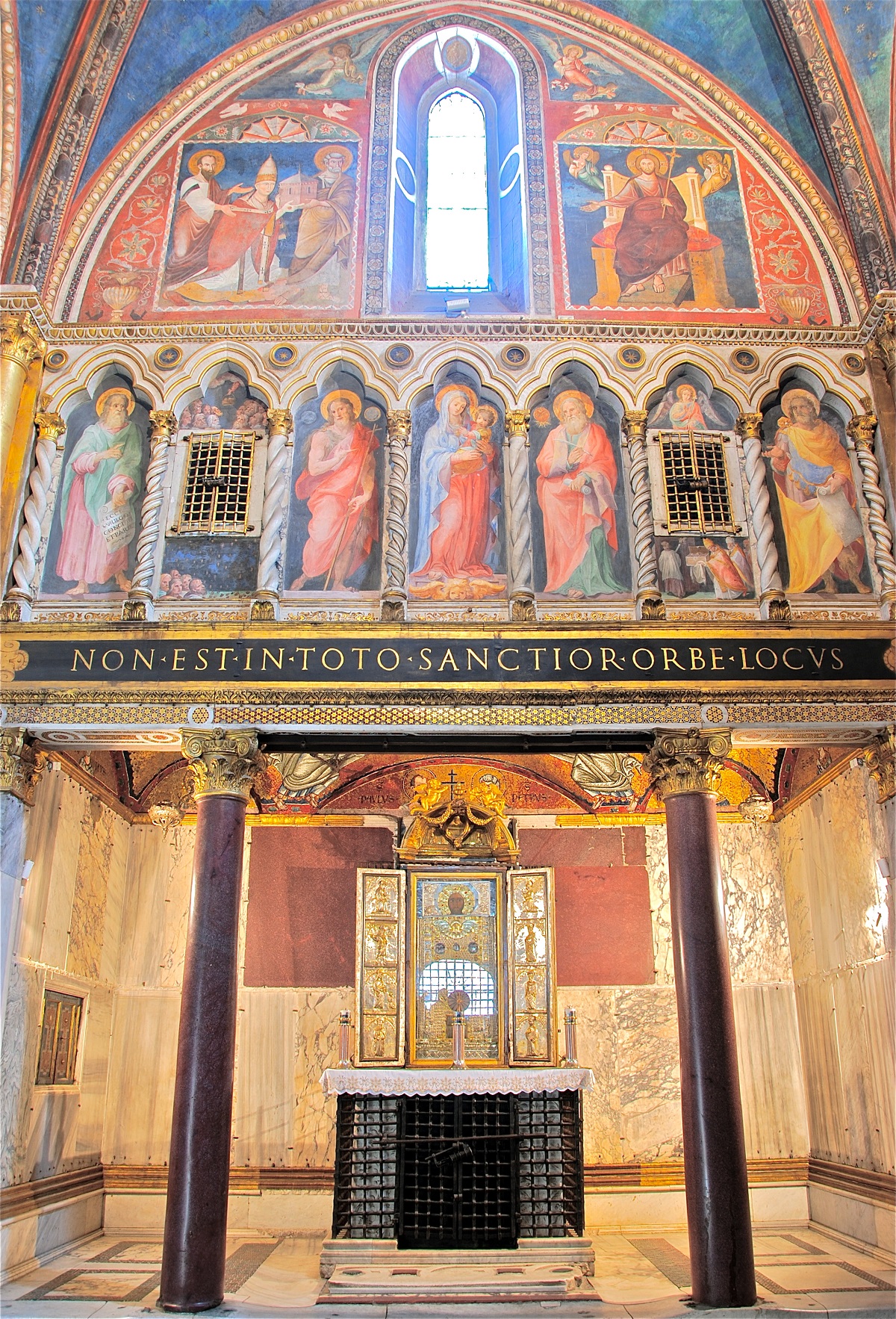
Sancta Sanctorum is the wonderful chapel in front of which pilgrims, after reaching the final step of the Holy Stairs, may pray through the iron grating protecting it. According to Medieval historians it was “the most venerated sanctuary in Rome”.
It was the private chapel of the Popes until the Renaissance period, still here as a testimony of the splendour of the ancient Patriarchìo and a millennium of Roman Pontifical history. We do not as yet know who founded it. It was originally dedicated to Saint Lawrence and, starting in the 9th century, because of the many venerated relics of Saints it contained, it began to be called the Sancta Sanctorum. One of the first times it is mentioned is in the Liber Pontificalis, under Stephen III (†772), and witness accounts abound starting in the year one thousand, particularly with regard to the liturgy of the Holy Week and of the Popes taking possession of the Lateran. Gregory IV (†844) had a private apartment built near the chapel to go and pray with more ease and to carry out the officiation of the clerics of the Curia. The Popes seem to have competed in having it embellished and restored. Particularly successful were Leo III (†816), Innocent III (†1216), Honorius III (†1227) and especially Nicholas III (†1280), to whom we owe the current arrangement of the Chapel, with the frescoes, attributed to the Roman School of the 13th century, the completion of the mosaic above the altar and the cosmatesque floor. Callixtus III (†1458) was responsible for the strong reinforcing wall at the back of the edifice. Blessedly, the Chapel did not suffer extreme damage during the Sack of Rome of 1527 and works carried out by Sixtus V, on a project by architect Domenico Fontana, who built five ramps of stairs with that of the Holy Stairs at the centre, left the Sancta Sanctorum unaltered.
hide